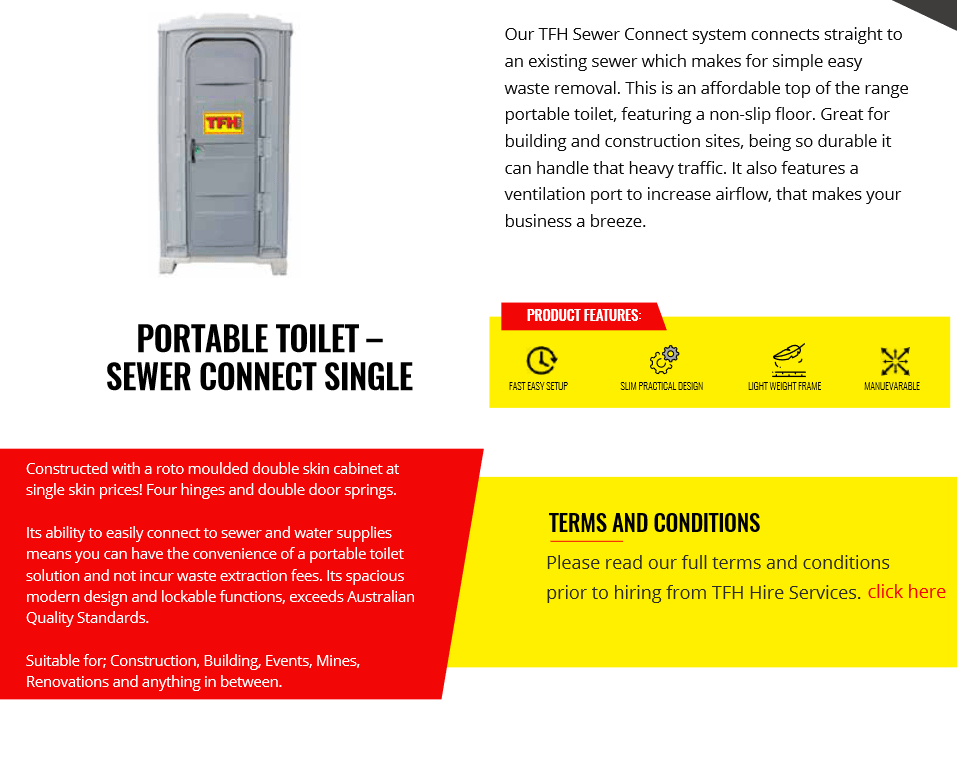The Basic Principles Of Reclaim Waste
The Basic Principles Of Reclaim Waste
Blog Article
The Main Principles Of Reclaim Waste
Table of ContentsReclaim Waste Can Be Fun For AnyoneHow Reclaim Waste can Save You Time, Stress, and Money.The Ultimate Guide To Reclaim WasteReclaim Waste - QuestionsThe Buzz on Reclaim Waste
Check out the types, incidents, and forms of fluid waste. Domestic sewer waste describes the waste and products from a household sewage-disposal tank. This sort of waste is created by humans in houses, colleges, and other buildings. This only includes septic systems that have a drain field. The correct administration and disposal of residential sewage waste call for liquid waste to be transferred to a sewage treatment plant where the correct methods and tools are put on detoxify and get rid of waste.
Business waste typically includes prospective threats, such as combustible materials or a combination of liquid and solid waste items, and calls for a much more advanced and in-depth disposal procedure. The disposal of business waste commonly involves the filtering of waste before transport to ensure risk-free and appropriate disposal. Hazardous waste is created from by-products and overflow of commercial procedures and production.
This kind of waste can not utilize the very same sewer monitoring transport or processes as septic or industrial fluids. The hazardous waste management procedure requires the assessment and screening of liquid waste prior to it goes through the disposal procedure (liquid waste removal). Overflow waste is the fluid waste that originates from drainage and excess stormwater in extremely inhabited locations or cities
Drainage waste can trigger contamination and flooding if not handled appropriately. Learn extra concerning sewage system cleaning and waste management. Making sure appropriate waste monitoring can stop catastrophes and decrease environmental harm. Both individuals in residential settings and specialists in business or manufacturing markets can benefit from understanding the processes and laws of fluid waste monitoring.
Getting The Reclaim Waste To Work
Call PROS Solutions today to learn more about our waste administration and disposal solutions and the appropriate means to take care of the liquid waste you produce.
(http://peterjackson.mee.nu/do_you_ever_have_a_dream#c2256)This so-called 'wastewater' is not just a vital source but, after therapy, will be launched to our land, waterways or the sea. Used water from commodes, showers, baths, cooking area sinks, laundries and industrial procedures is known as wastewater.

water utilized to cool machinery or clean plant and devices). Stormwater, a type of wastewater, is runoff that streams from farming and metropolitan areas such as roof coverings, parks, gardens, roadways, paths and rain gutters right into stormwater drains, after rainfall. Stormwater streams neglected straight to local creeks or rivers, ultimately getting to the ocean.
Rumored Buzz on Reclaim Waste
In Queensland, most wastewater is treated at sewage therapy plants. Wastewater is transferred from residential or commercial websites via a system of sewage systems and pump terminals, recognized as sewerage reticulation, to a sewer therapy plant.
The Department of Natural Resources recommends city governments about managing, operating and maintaining sewage systems and therapy plants. In unsewered areas, city governments might call for owners to mount private or home sewer treatment systems to treat domestic wastewater from toilets, kitchens, restrooms and washings. The Department of Natural Resources authorizes the usage of home systems when they are verified to be efficient.
In some brand-new communities, treatment of some stormwater to get rid of litter, sand and crushed rock has started making use of gross contaminant traps. Wastewater treatment takes place in 4 stages: Gets rid of solid issue.
Wastewater after that flows right into large containers where solids settle and are gotten rid of as sludge. Grease and scum are skimmed from the surface area. Uses small living microorganisms understands as micro-organisms to damage down and remove remaining dissolved wastes and great particles. Micro-organisms and wastes are included in the sludge. Removes nitrogen and phosphorus nutrients that might create algal flowers in our rivers and threaten aquatic life.
The Ultimate Guide To Reclaim Waste
Nutrient elimination is not offered at all sewage treatment plants because it needs pricey specialist devices. Clear fluid effluent produced after therapy may still consist of disease-causing micro-organisms - liquid waste removal.

Most wastewater flows right into the sewerage system. Under the Act, regional federal governments administer authorizations and permits for ecologically pertinent activities (Periods) visit here including wastewater launches that may have a local impact.
Some Known Facts About Reclaim Waste.
Or else, samples are taken for lab evaluation. Typically several examinations are needed to establish the levels of each of the various contaminants such as oils, hefty steels and chemicals in water. Tracking supplies valid information about water high quality and can confirm that licence conditions are being satisfied. The information acquired with tracking gives the basis for making water quality decisions.
Report this page